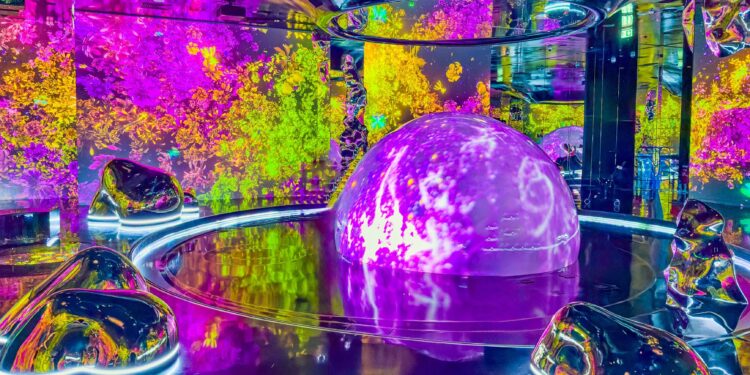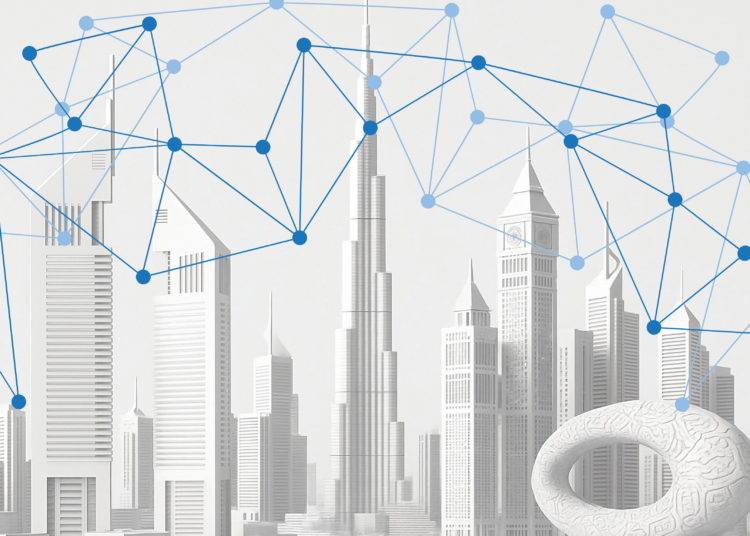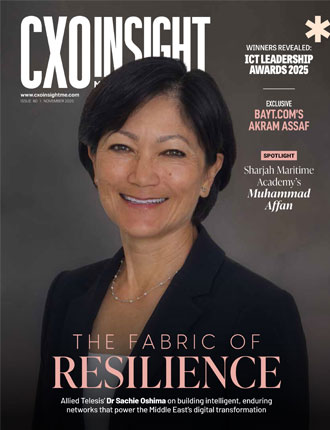Across the Middle East, governments and private enterprises are investing heavily in experiential digital experiences that blur the lines between physical infrastructure and interactive storytelling. From the Museum of the Future in Dubai to next-generation malls and family entertainment zones in Riyadh, the region is rapidly evolving into a global epicentre of experiential digital innovation.
This transformation is not accidental. It is the result of deliberate vision, strategic public-private partnerships, and a regional appetite for technology-led modernisation that is turning urban spaces into living canvases of engagement, culture, and commerce.
Government vision meets digital expression
One of the most striking features of the Middle East’s digital leap is how closely it aligns with national development strategies. Initiatives like UAE’s Vision 2031 and Saudi Arabia’s Vision 2030 place creativity, digitalisation, and cultural revitalisation at the heart of their economic transformation agendas. Experiential and immersive technology is becoming a core tool in bringing those visions to life.
Dubai’s Museum of the Future stands as a symbol of this intersection between government foresight and emerging innovation in visual design thinking. More than an architectural marvel, the museum offers visitors deeply sensory, story-driven encounters with artificial intelligence, space exploration, and sustainable living. The experience is fully curated to evoke emotion, curiosity, and engagement—qualities that define the power of digital storytelling.
In Saudi Arabia, giga-projects like Qiddiya, Diriyah Gate, and NEOM are integrating experiential technology into their master plans from the outset. These projects aren’t just building infrastructure; they are crafting emotional landscapes—using projection mapping, responsive environments, and interactive installations to connect citizens and tourists with the future narrative of the Kingdom.

Private sector as experience architects
The private sector is equally active in reshaping the region’s experiential landscape. From tech startups to retail giants, brands are realising that the next wave of differentiation will come not from product features, but from how those products are experienced.
Leading malls across the UAE and Saudi Arabia are integrating immersive design into their core architecture—from digital art corridors and interactive experiences in kids’ play zones to virtual try-on booths and gamified navigation. These are not mere entertainment features—they reflect a broader shift in how consumers expect to engage with smart spaces.
Experience architects like Virtuwall, operating in both the UAE and Saudi Arabia, are partnering with brands, real estate developers, and public institutions to deliver such transformative experiences. Through projection mapping, responsive environments, and sensory storytelling, Virtuwall helps create dynamic spaces that respond to people—not just passively host them.
Whether it’s a 3D-animated brand story across an entire exhibition hall or a digitally enhanced retail journey for a flagship store, these experiences are engineered to inspire participation, not just observation.
Urban spaces as interactive ecosystems
Public areas are also undergoing a digital renaissance. Urban plazas, museums, and children’s attractions are being upgraded into interactive zones where the environment is as much a participant as the visitor.
Take for instance the new wave of family edutainment zones cropping up across the Gulf. These spaces combine physical play with digital interactivity—using motion sensors, visual storytelling, and educational gaming to keep children engaged both mentally and physically. For today’s digitally native generation, this hybrid experience is not just novel—it’s expected.
Museums and cultural centres, too, are being redefined. Rather than static exhibitions, visitors now encounter dynamic environments that react to their movement, respond to their choices, and guide them through narratives that blend cultural identity with innovation. This not only enhances accessibility and inclusivity but also ensures that engagement remains relevant in the digital age.
A regional identity rooted in innovation
Perhaps what sets the Middle East apart is its proactive embrace of experiential design as a means of shaping identity and soft power. Rather than retrofitting existing spaces, the region is building new ones with immersive experiences embedded from the blueprint stage. These cities are designed to be responsive—to adapt not only to climate and data, but to human presence and narrative.
Looking ahead: Experience as infrastructure
As the Middle East continues to build for the future, the integration of digital experiences will no longer be a luxury or novelty. It will become part of the region’s core infrastructure—a tool for storytelling, education, commerce, and citizen engagement.
The role of experience designers, technologists, and cultural curators will only grow, as brands and governments recognise that the most powerful way to communicate value is not through information alone, but through emotion and interaction.










Discussion about this post